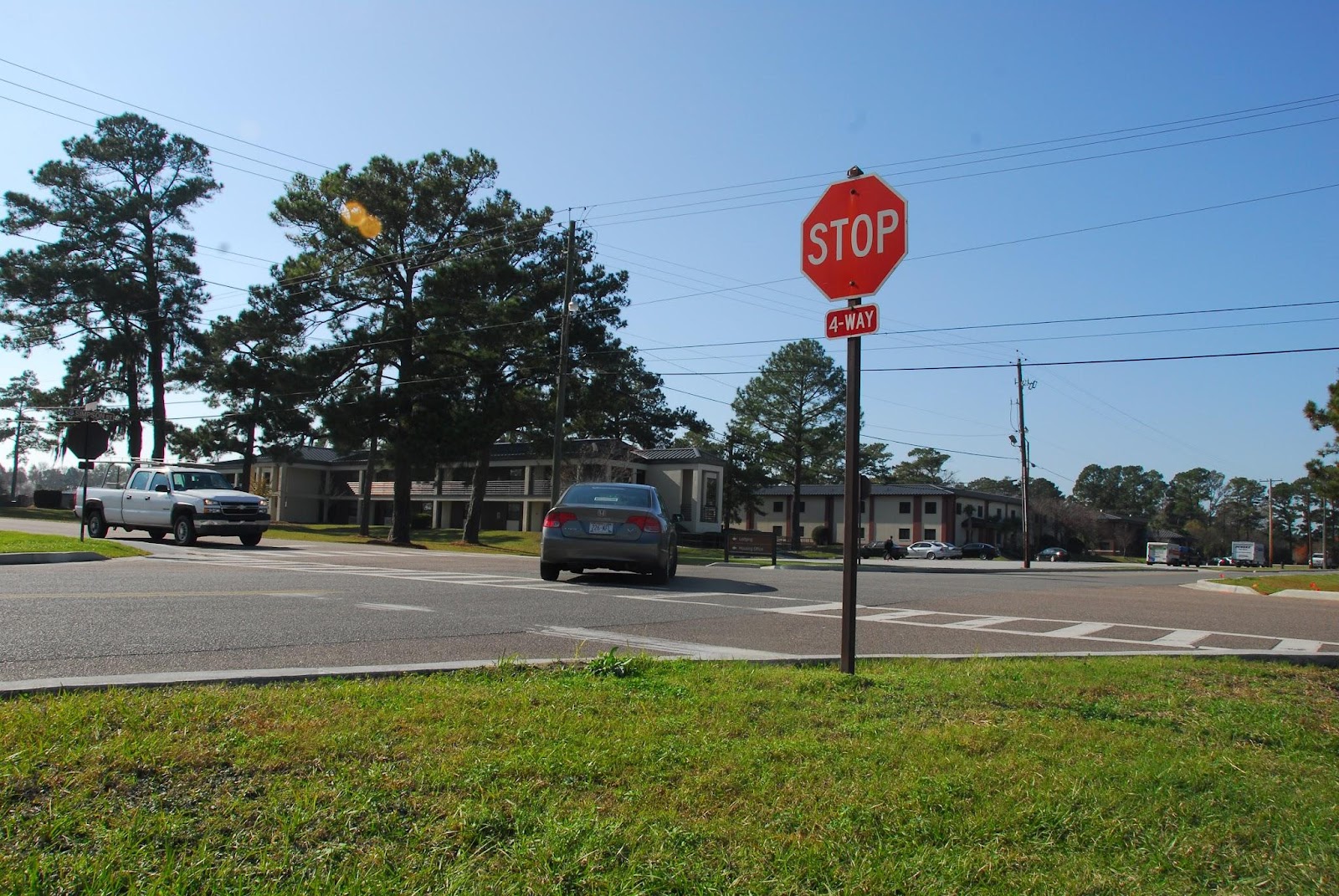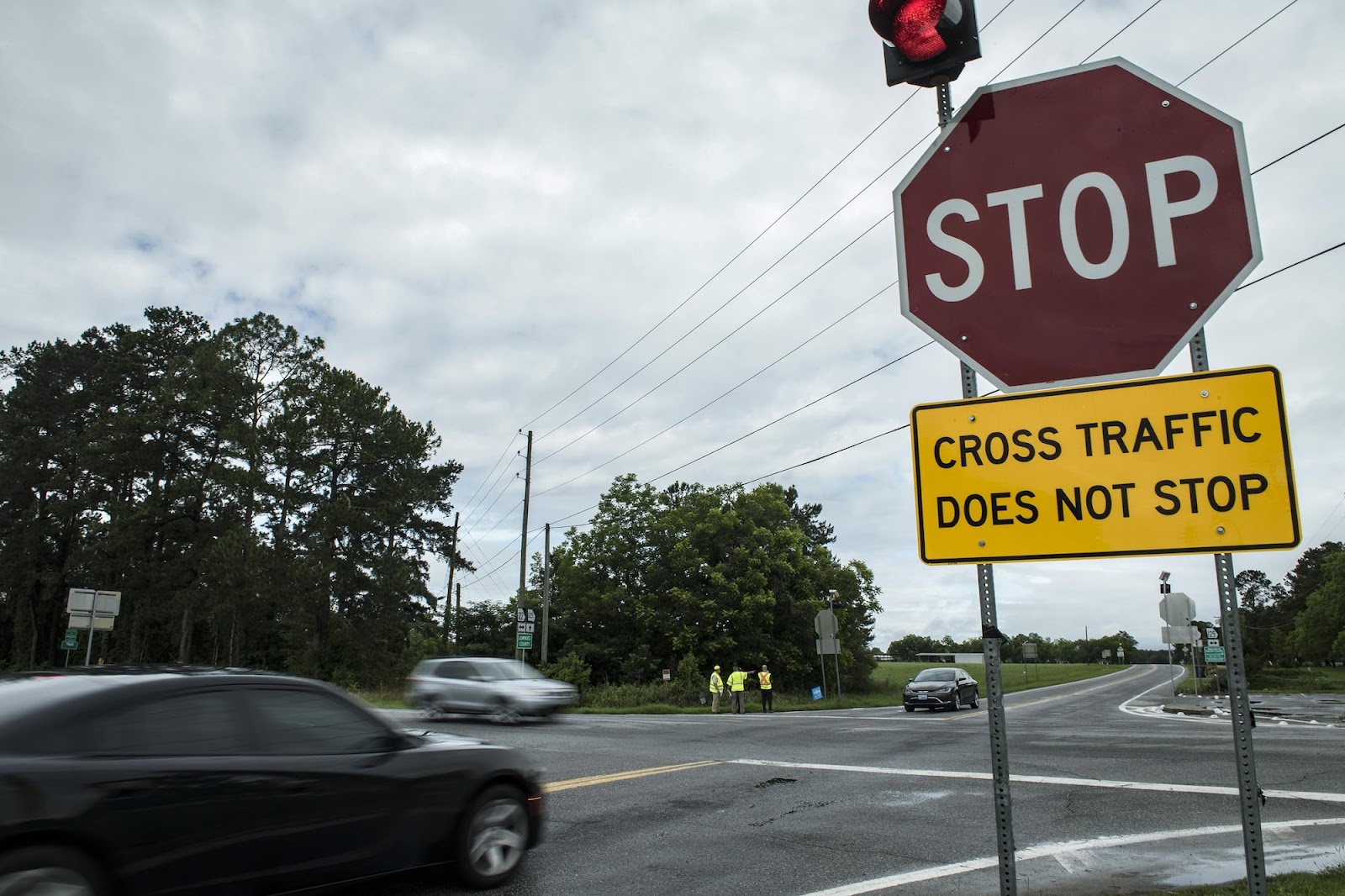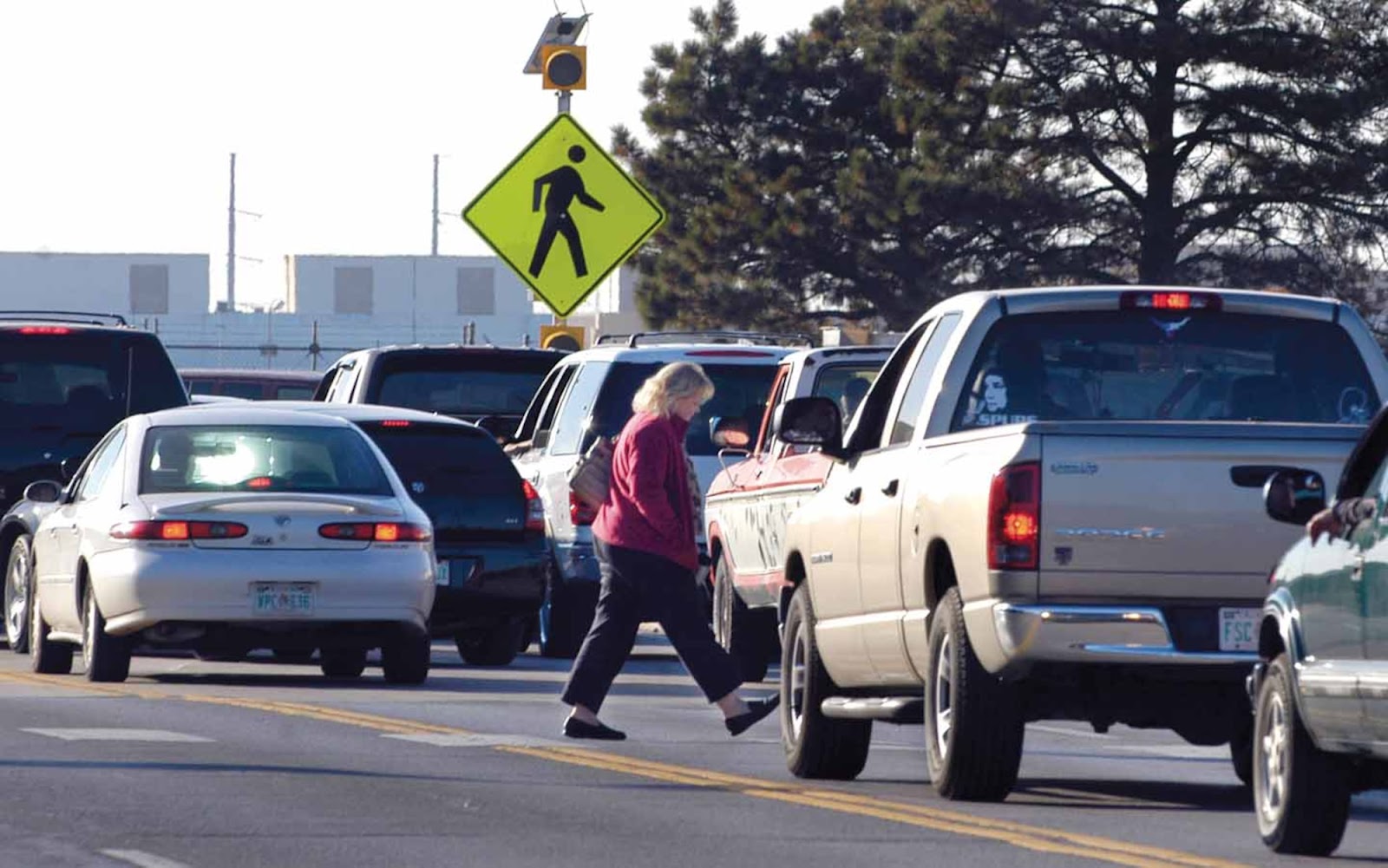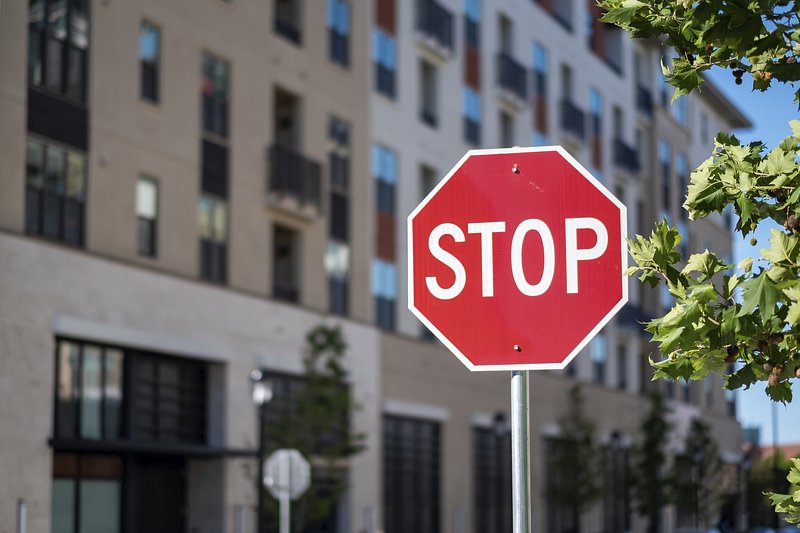Right of Way Rules
Written By | Doreen Almirol | 20+ years CA DMV Licensed Driving Instructor
Navigating California’s bustling roadways requires more than just skill behind the wheel; it demands a comprehensive understanding of right-of-way rules. Whether you’re at an intersection, encountering pedestrians, or sharing the road with other vehicles, knowing who has the right of way is fundamental for ensuring safe and smooth traffic flow. In this article, we’ll explore the nuances of right-of-way scenarios.
This blog may contain affiliate links, and if you make a purchase through these links, we may or may not earn a commission at no extra cost to you.
1 | Intersections

Intersections are critical points where the paths of different drivers converge.
-
Controlled Intersections: At intersections with signals or signs, obey traffic signals and signs that dictate the right of way.
-
Uncontrolled Intersections: When approaching an intersection without signals or signs, yield to any vehicle that arrives before you. If vehicles arrive simultaneously, the vehicle on the right generally has the right of way.
-
T-Intersections: Drivers on the through road have the right of way. Those turning onto the through road must yield.
2 | STOPS
Right of way at stop signs depends on the type of intersection – whether it’s a four-way stop or a two-way stop. Let’s explore the rules for each:

4-WAY STOPS:
Definition: A four-way stop is an intersection where all approaching vehicles are required to come to a complete stop.
Right of Way Rule:
-
- The first vehicle to come to a complete stop at the intersection has the right of way.
- If multiple vehicles arrive at the stop signs simultaneously, the vehicle on the right has the right of way.
- After the right-of-way vehicle proceeds, the next vehicle in line, usually to the right of the first, has the right of way.
- This pattern continues until all vehicles have proceeded through the intersection.

2-WAY STOPS:
Definition: A two-way stop is an intersection where only one road has a stop sign, while the other does not. The road without the stop sign typically has the right of way.
Right of Way Rule:
-
- Vehicles on the road without the stop sign have the right of way.
- Vehicles on the road with the stop sign must come to a complete stop and yield to oncoming traffic from the road without the stop sign.
- After stopping, vehicles at the stop sign should proceed only when it is safe to do so, yielding to any oncoming traffic.
3 | Pedestrian Crossings

Pedestrian safety is paramount, and drivers must be vigilant when approaching crosswalks.
-
Marked Crosswalks: Always yield to pedestrians in marked crosswalks, whether at intersections or mid-block.
-
Unmarked Crosswalks: Pedestrians have the right of way at intersections, even if there are no marked crosswalks.
-
Turning Vehicles: Drivers must yield to pedestrians when turning, whether at a signal or stop sign.
4 | Other Vehicles
Sharing the road involves navigating various scenarios with other vehicles.
-
Entering Highways: Vehicles entering a highway or freeway must yield to oncoming traffic.
-
Roundabouts: Yield to vehicles already in the roundabout and wait for a safe gap before entering.
-
Emergency Vehicles: Emergency vehicles with lights and sirens have the right of way. Pull over to let them pass safely.
Mastering the concept of right of way is integral to safe driving in California. By following the guidelines outlined in the California Driver Handbook, drivers can contribute to a safer and more efficient traffic environment. Whether at intersections, pedestrian crossings, or sharing the road with other vehicles, knowing and respecting the right of way ensures a smooth and secure journey for everyone on California’s diverse roadways.




